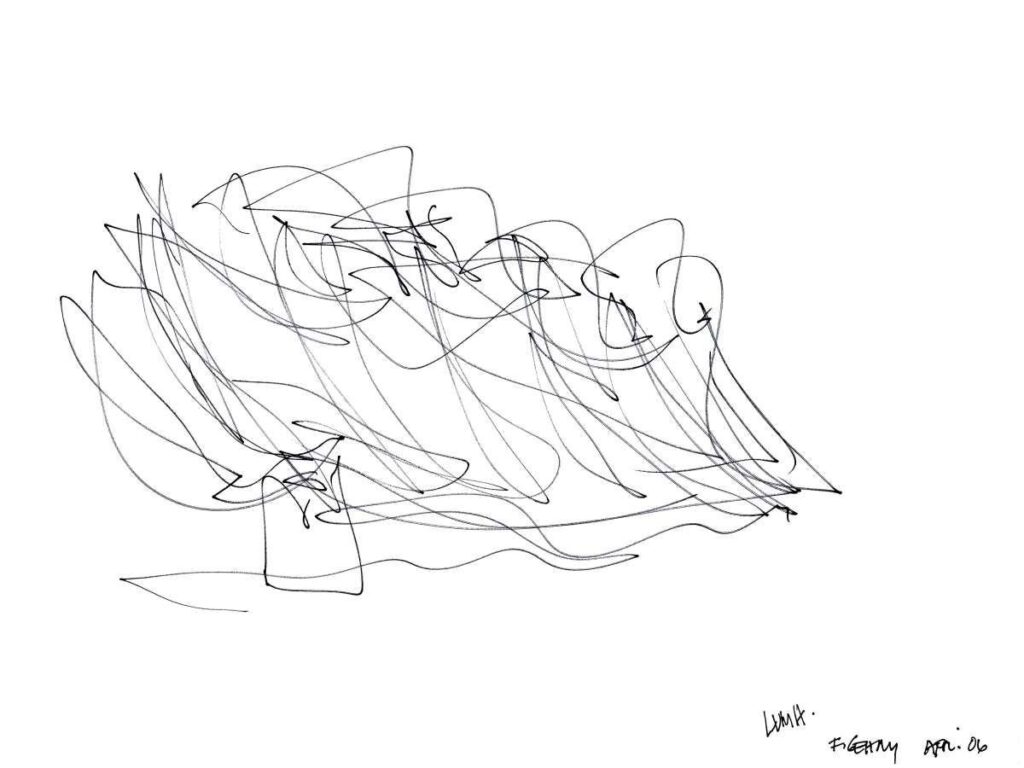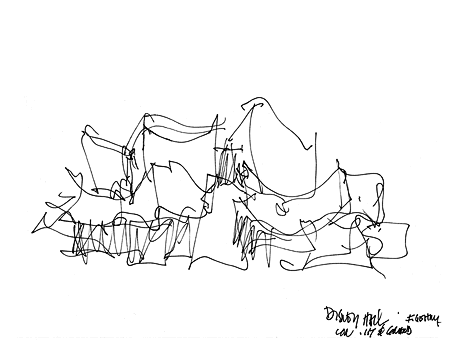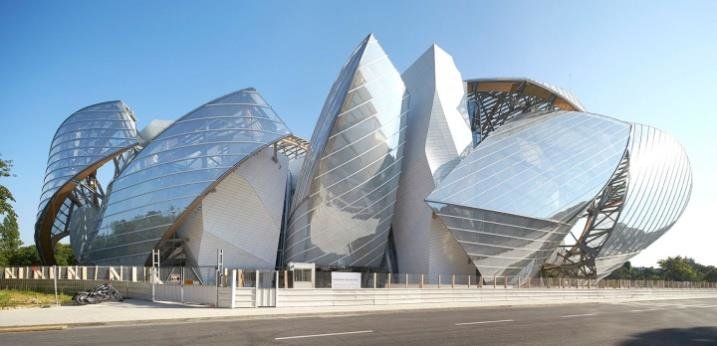Chapter 4 | SKETCHING
Sketching is trying out/exploring/figuring out something with a pencil, pen or brush, just as you can on a musical instrument, with a soccer ball or a dance move. I personally prefer to sketch people.
Sketches may consist of just a few lines, like with these students taking a test…
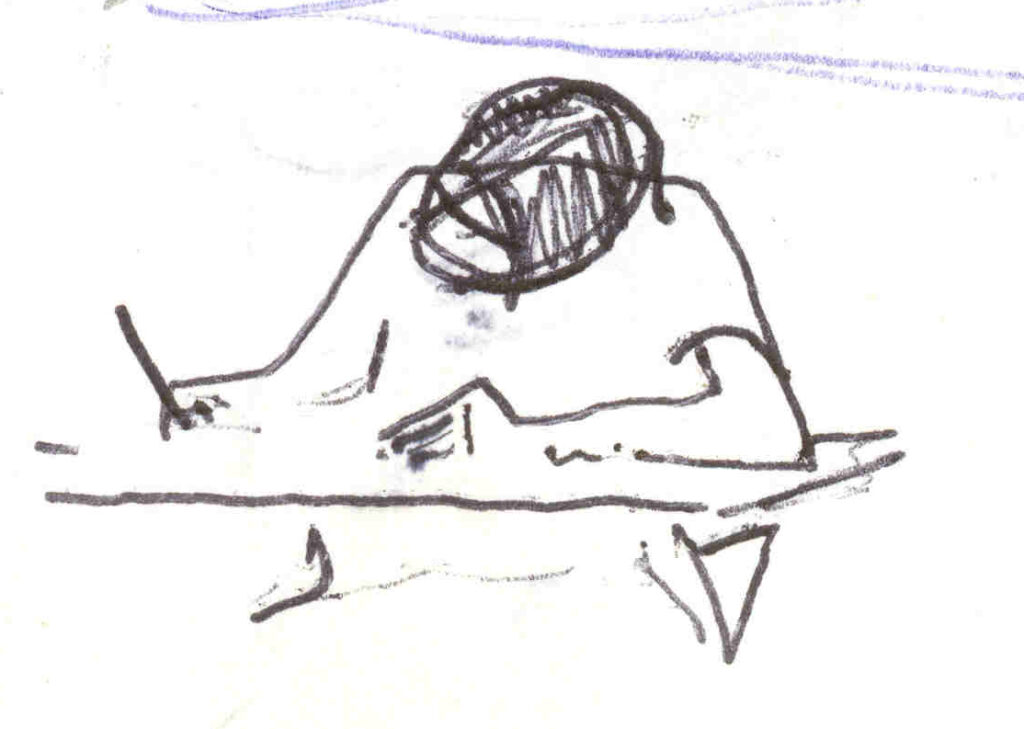
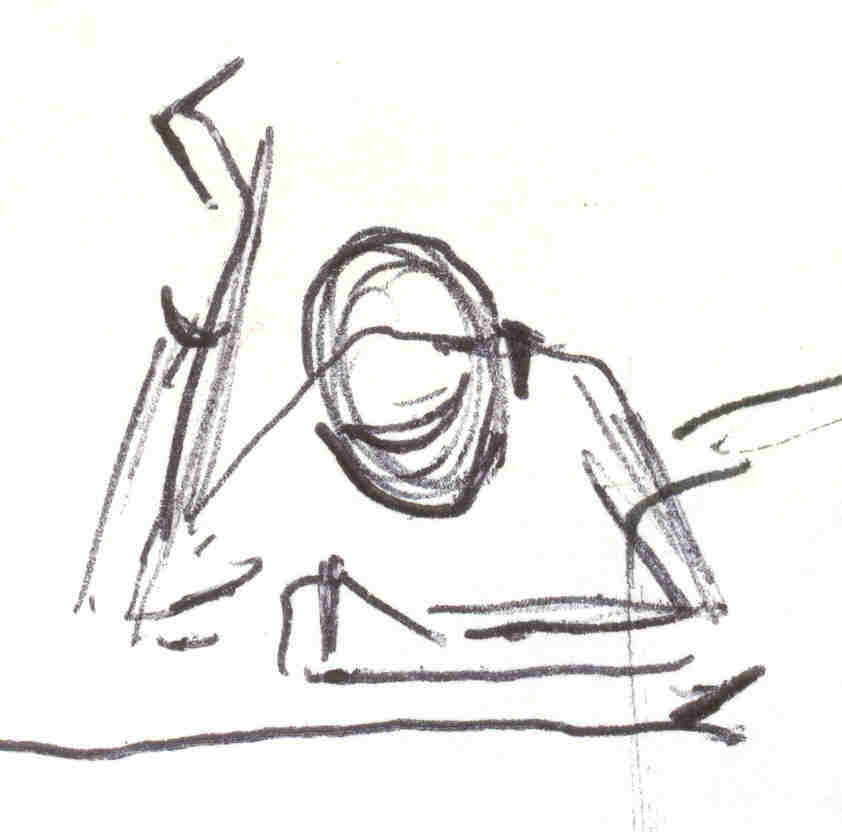
… or a lot of scribbling, such as a girl leaning on a table and a mother with her child at the airport.
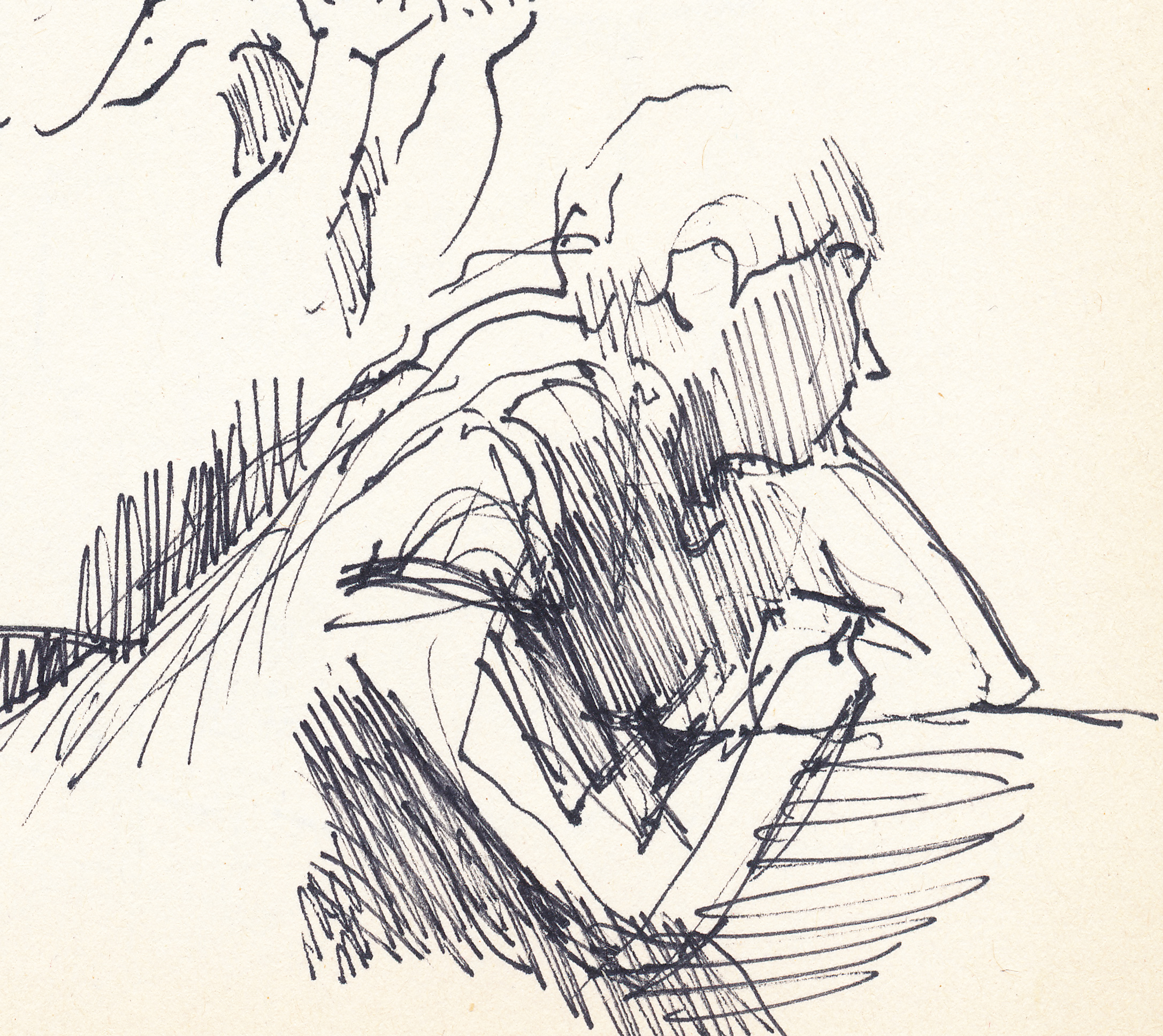
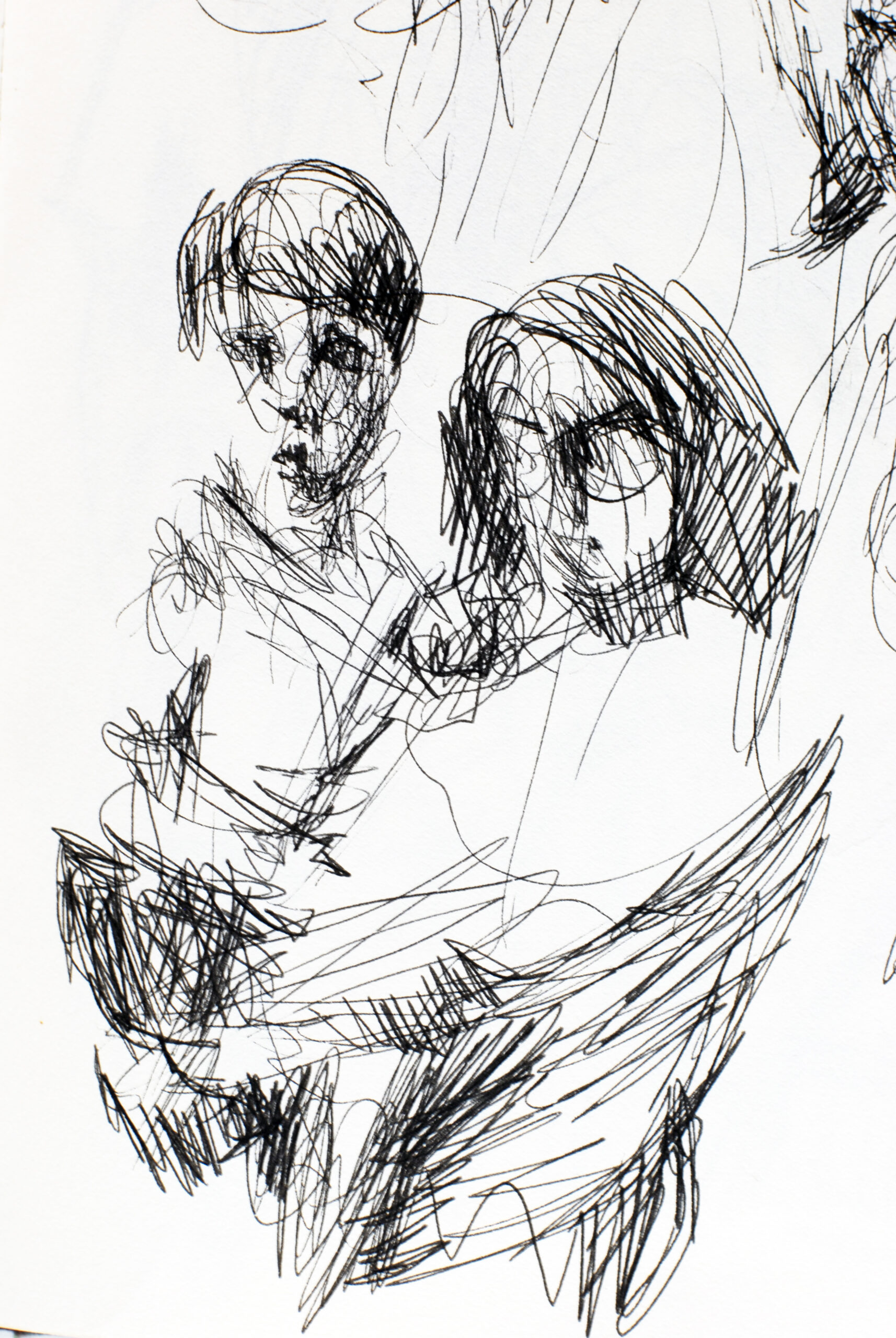
Exercise: Make some sketches inside or outside of things that catch your eye. Use a sketchbook/dummy and a 2B pencil. You just leave outliers untouched. Draw right through them or continue in another place on your paper. The more you sketch the more natural it feels. If you like you can switch to a pen / fineliner and a brush with watercolor.
Take for example people waiting at a station or at a counter. They usually stand or sit in the same position for just a very short time. You won’t have time for details and extensive erasing. Sketches therefore often look unfinished.
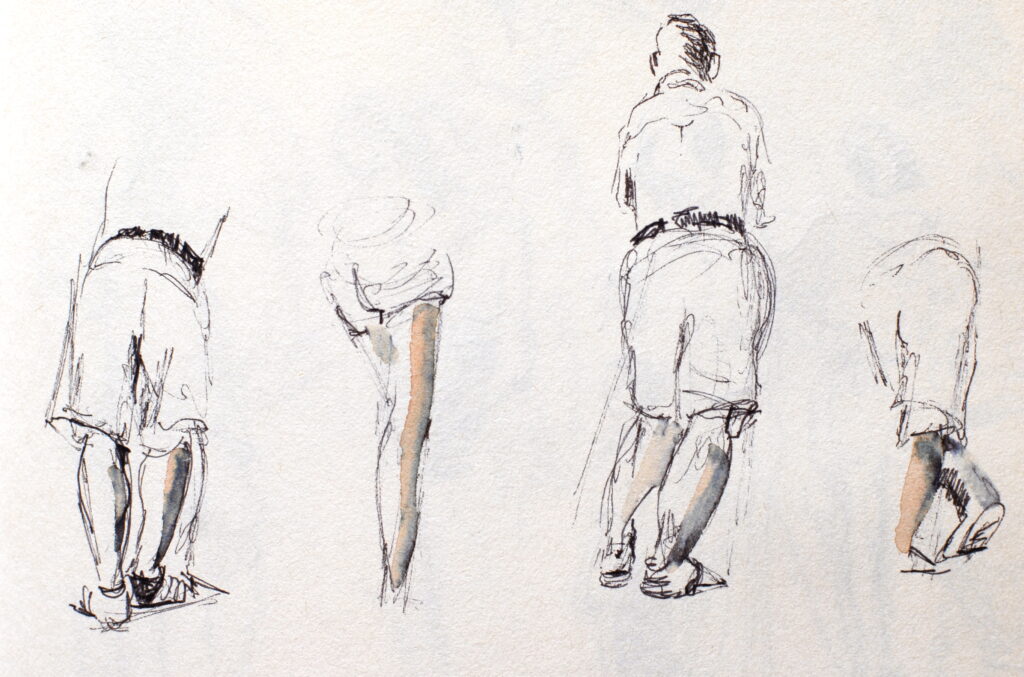
In the following example, notice the change in the position of the left arm. While sketching, you are free to adjust changes of position in your drawing, without first erasing. Later, you can accentuate lines with a pen/fineliner as here.
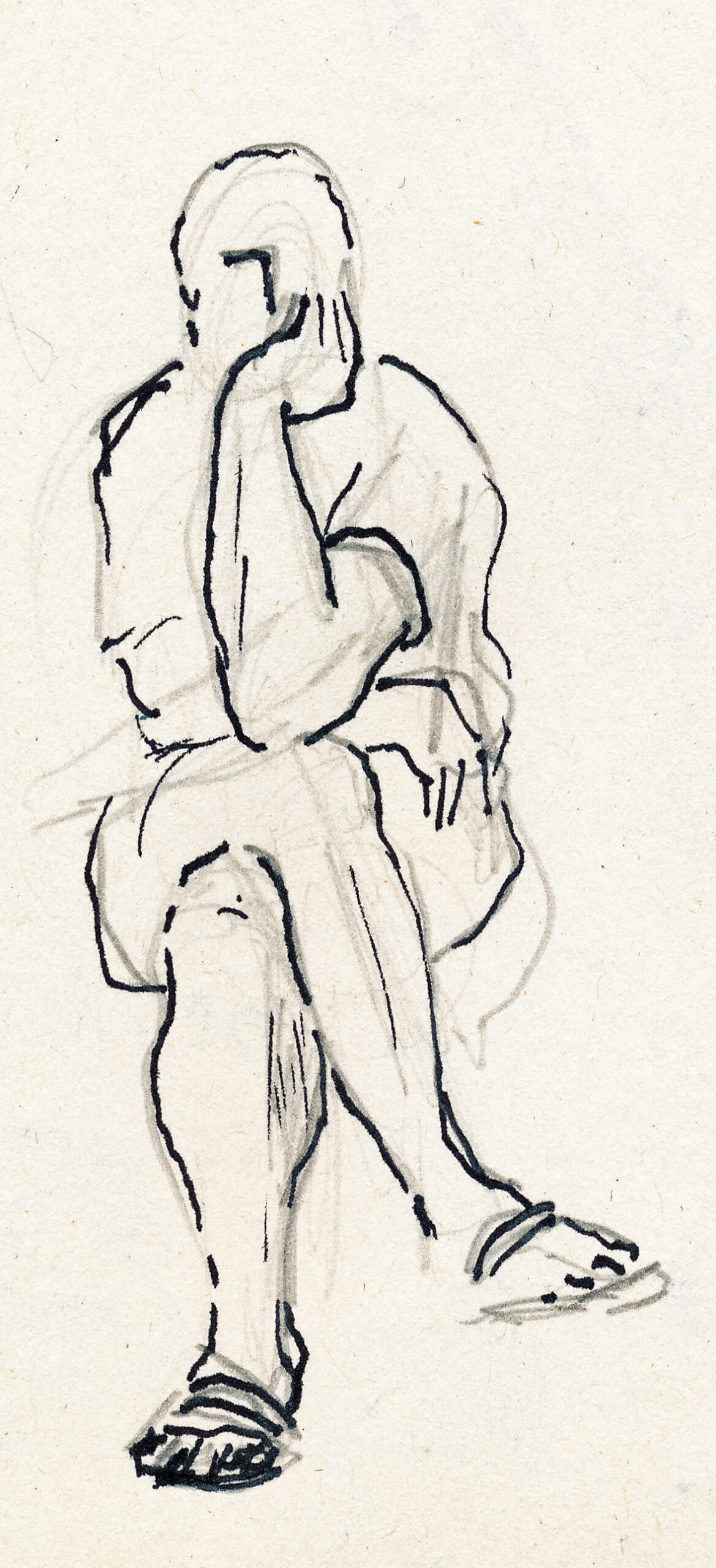
OBJECTS IN MOTION
With objects in motion you are almost forced to draw faster. The result may look scratchy or messy but it is a great drawing exercise. A good example is the sketch of plowing horses by the Dutch artist Georg Hendrik Breitner (1857-1923).
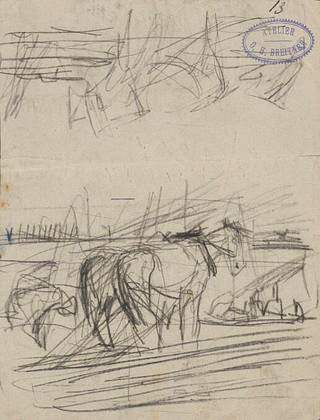
CLEANING UP SKETCHES
Lightly drawn sketches, for example of self-made figures such as this little man staring at a candle, can be cleaned up afterwards (cleaning up). You draw over the most important lines with a pen/fine liner, possibly in a different color, and erase the rest. Another option is to trace over parts of a sketch that you want to keep.
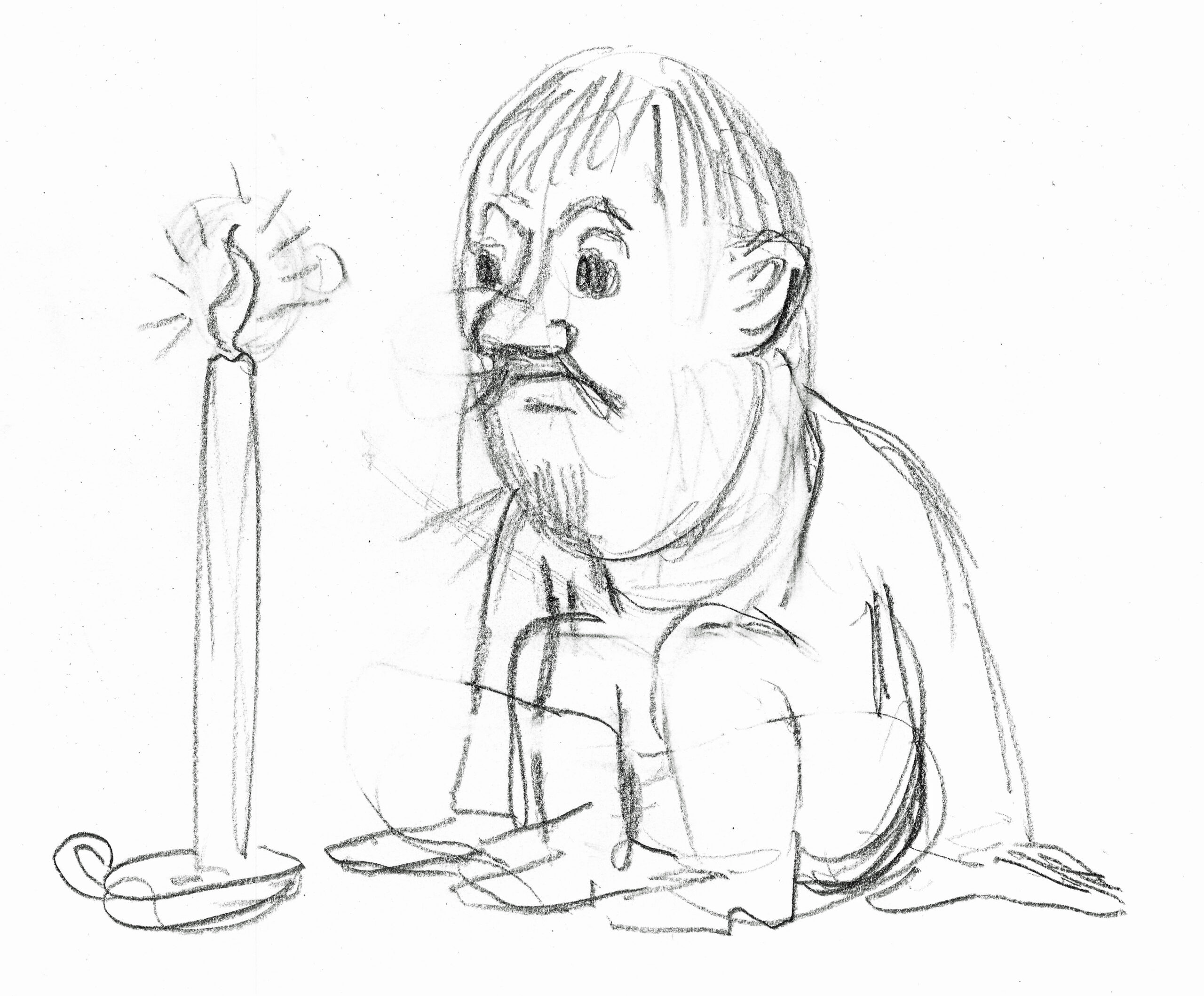
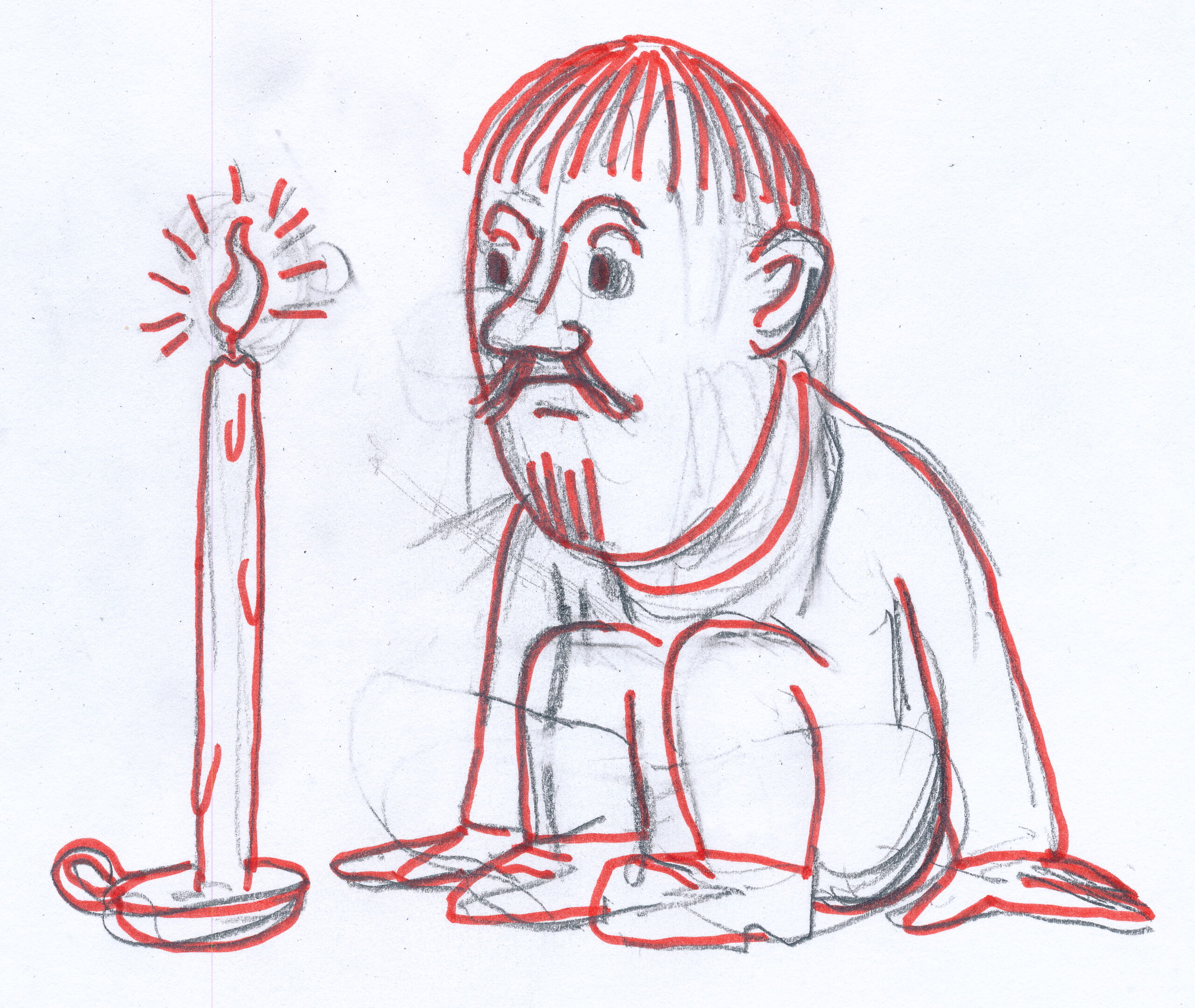
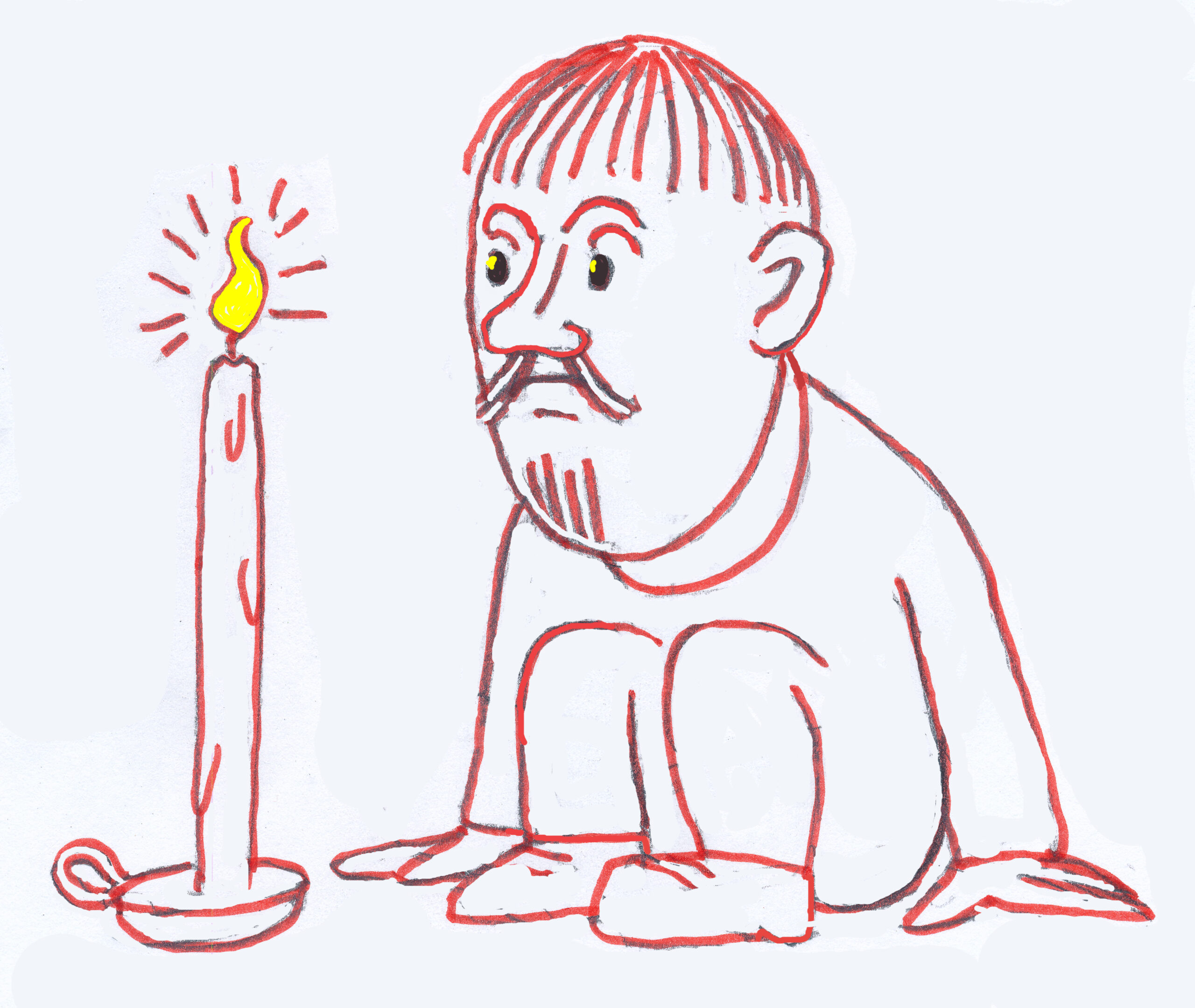
STORYBOARDS
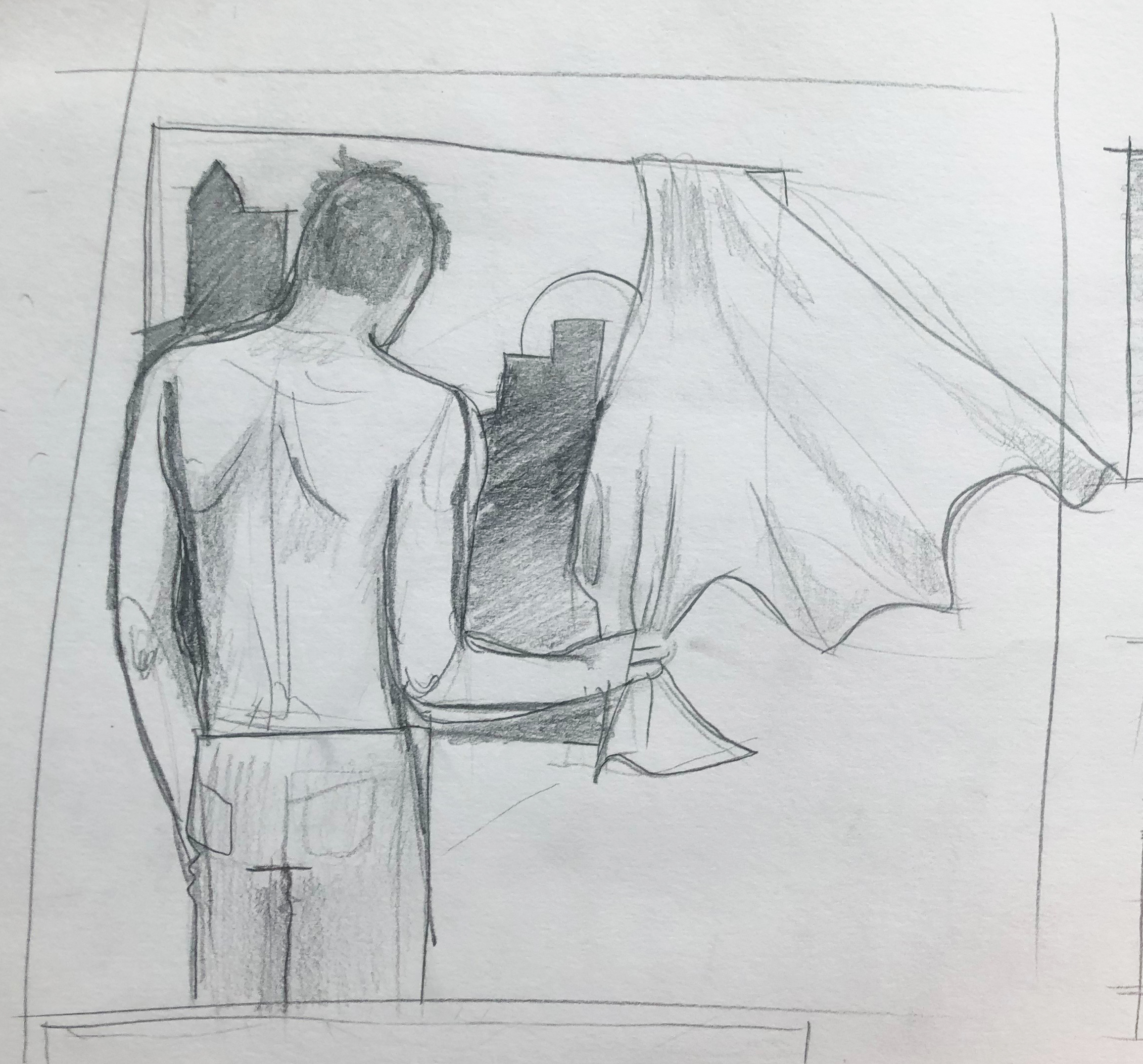
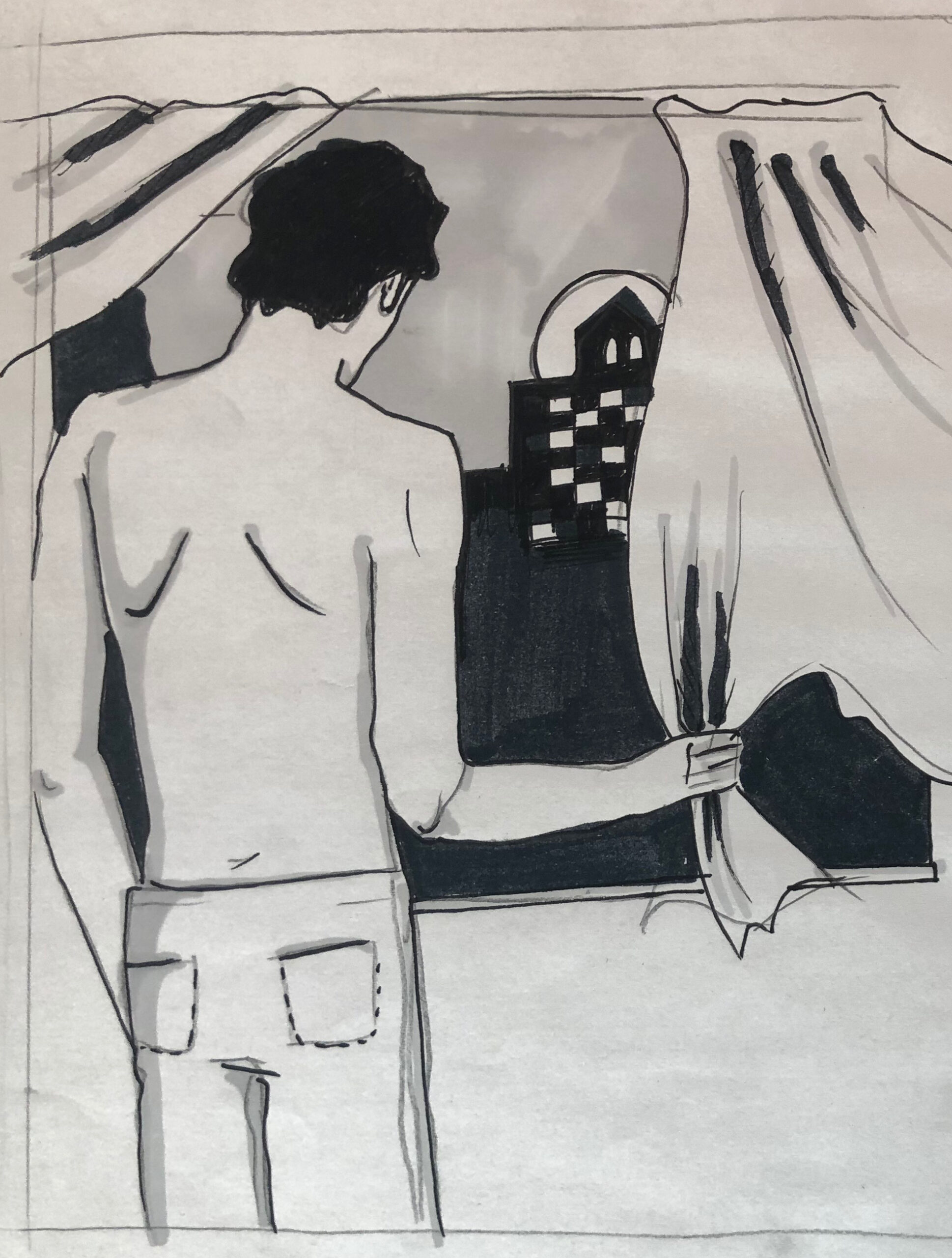
THE FIRST STEPS TO AN ARTWORK
In the visual arts and architecture, sketches are often the indispensable first steps towards a final product. A good example are two of the very first sketches by the architect Frank Gehry for a spectacular building that now stands in a park on the outskirts of Paris.
